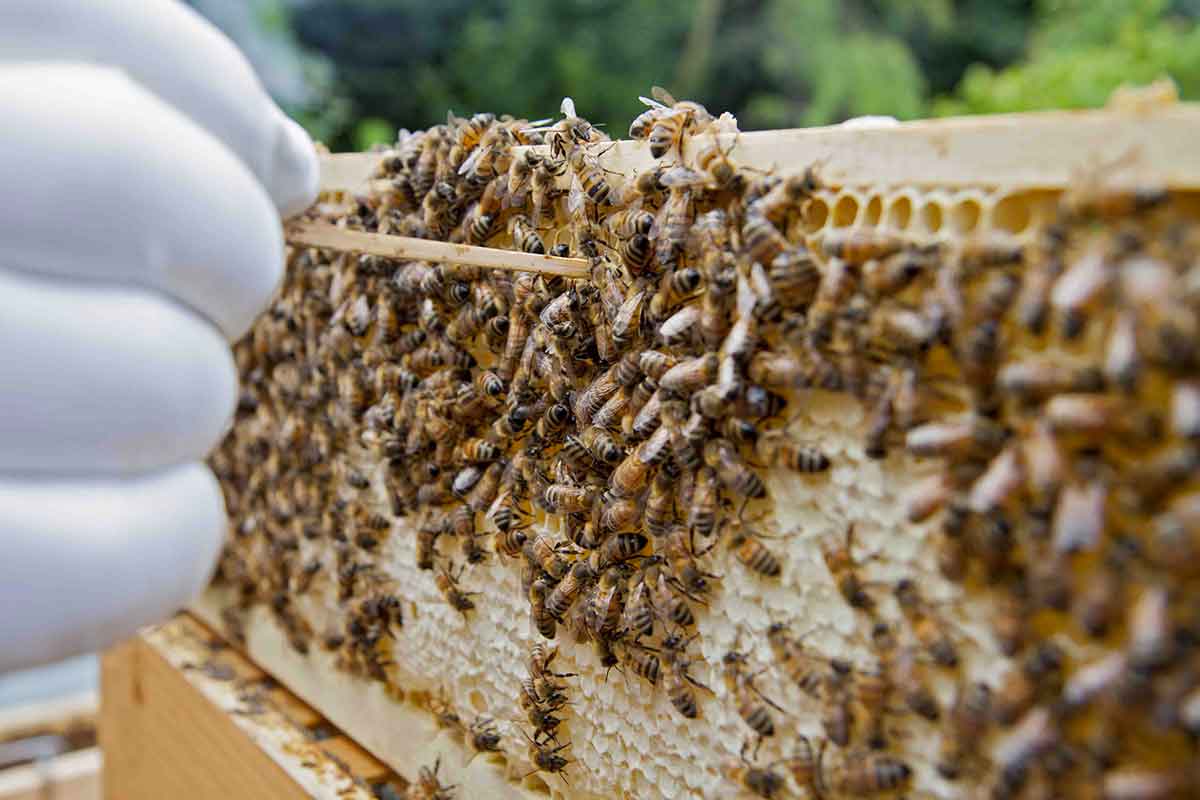Miele del Doge is a family of beekeepers that started the production of their organic honey from the Venice Lagoon in Sant’Erasmo island in 2015. In 2023 we discovered an Oasis inside of Lio Piccolo in Cavallino Treporti. This natural park captured our interest and we decided to transfer our beehives to start a new adventure.
As part of our philosophy, in Cavallino Treporti, we discovered a big presence of barena’s less exposed to nautical traffic, an authentic local agriculture that is expanding and an increase of new nature trails.
The Family are proud to offer Miele del Doge. Bees pollinate artichokes and saltmarsh flowers as well as different kinds of native plants from the Venice lagoon, creating a unique tasting honey.
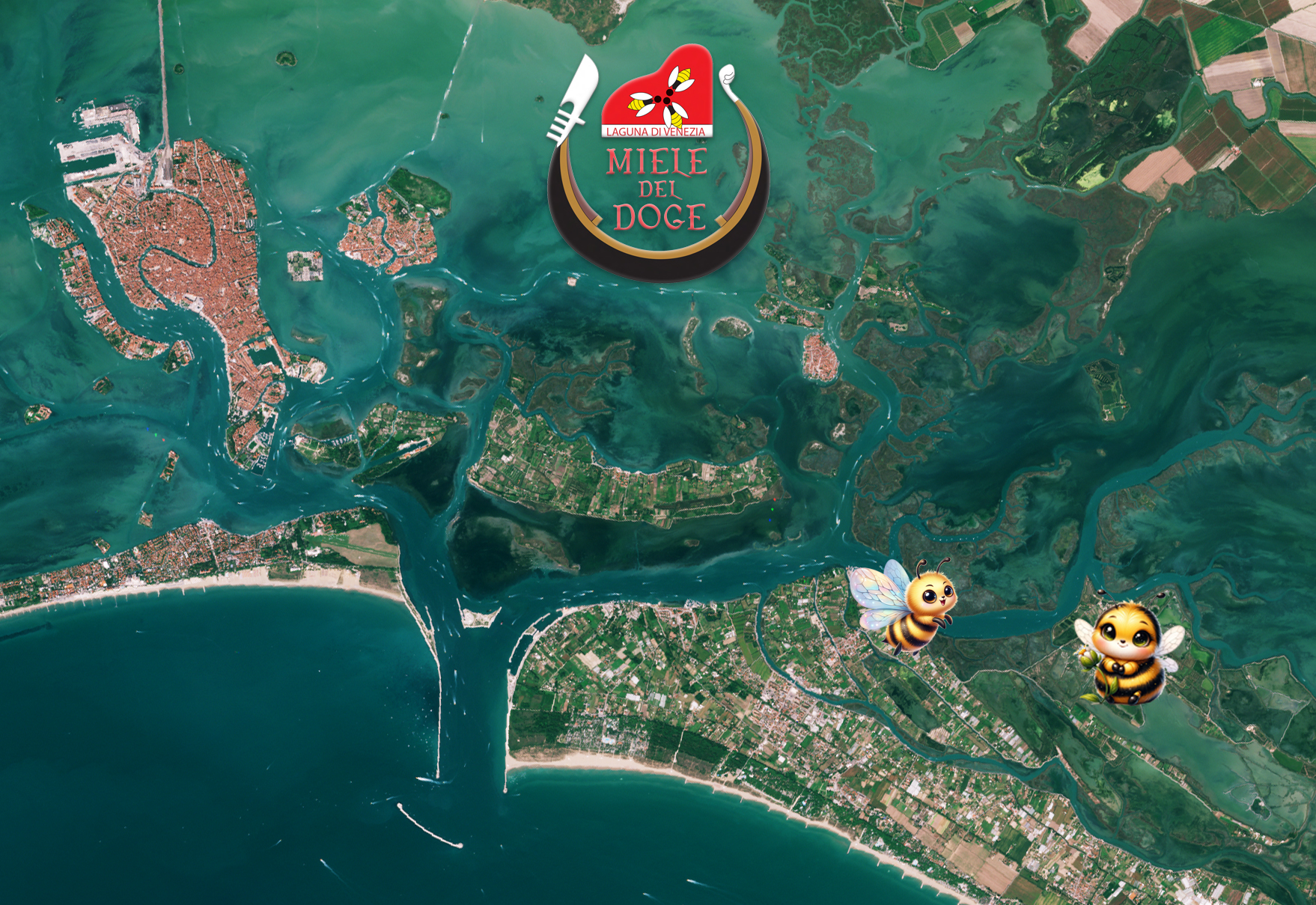
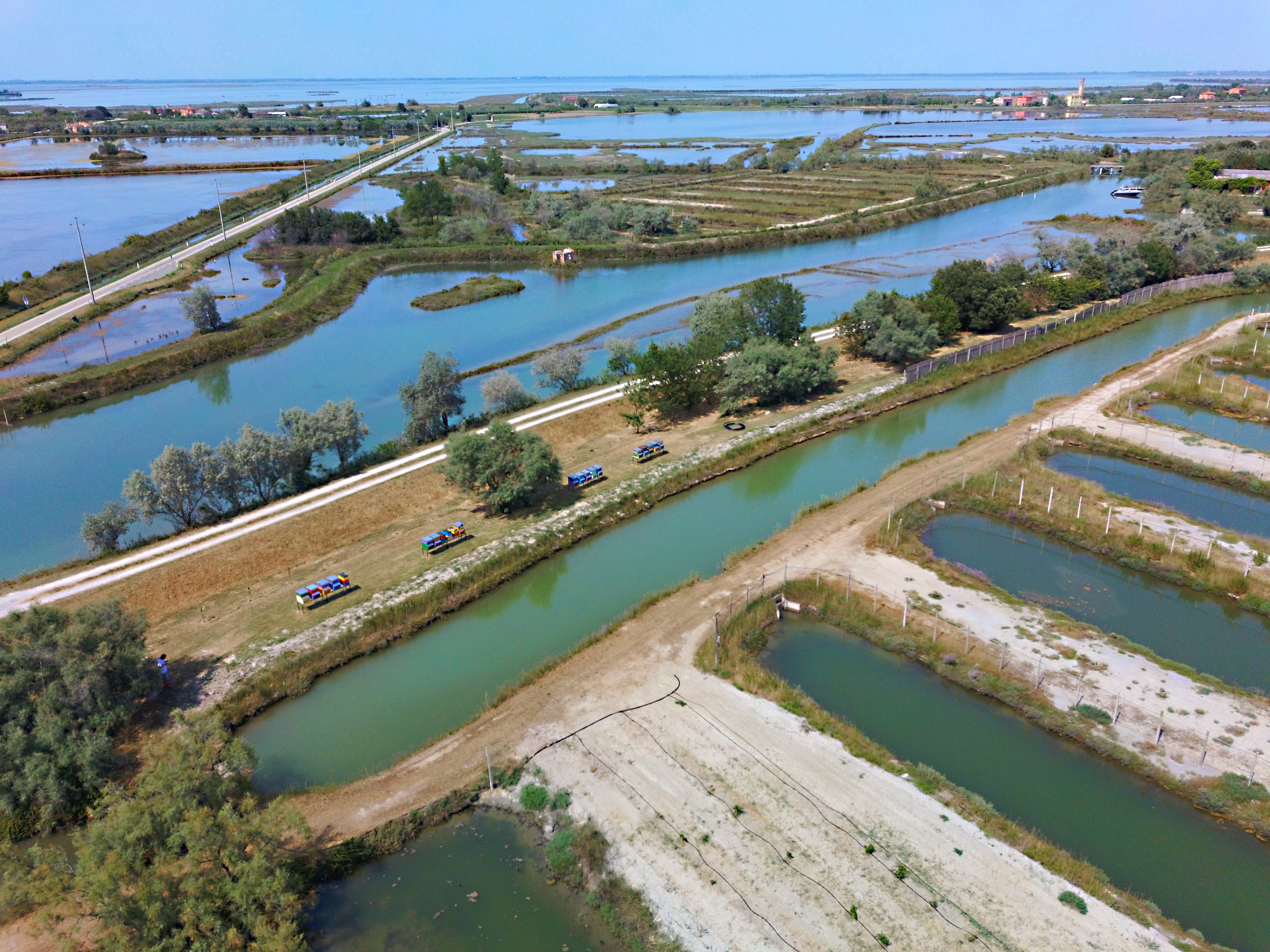
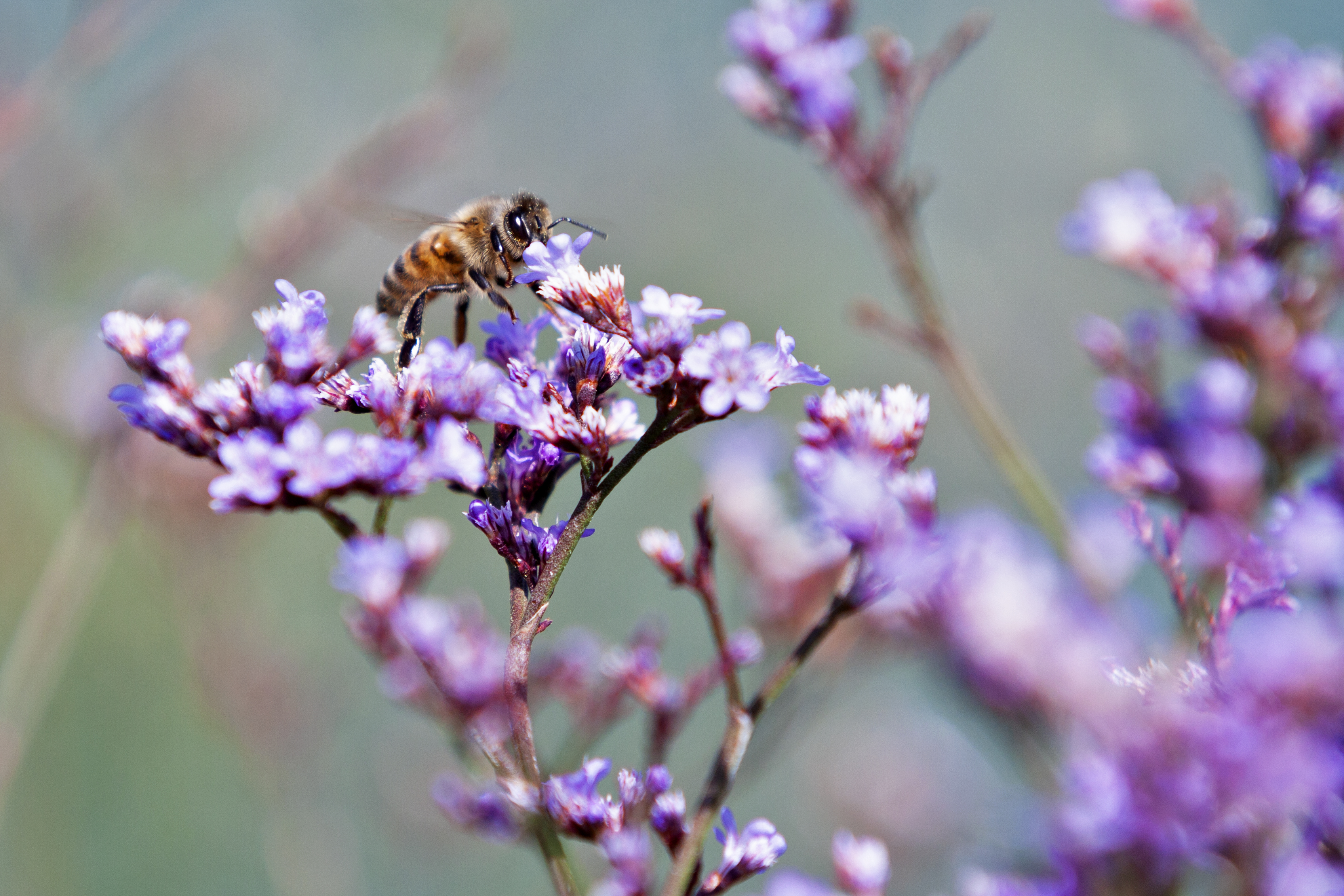
The hive management
The bees are free to perform their own activities without being overworked. We only harvest the exceed honey that the bees overproduce, leaving them with plenty of resorces for their nourishment.
The families are managed using organic avant-garde techniques. Besides, by developing the strongest queen genetics, we naturally fight against illness and parasites, which are the number one plague of the hive.
The beeyard in the Oasis of Lio Piccolo is intentionally kept small so that we can focus on quality rather than quantity. Therefore we do not guarantee an annual standard harvest. The quantity and the type of honey depends on the weather conditions and the different blooming of each season. All of the above have a huge impact on the hive development.
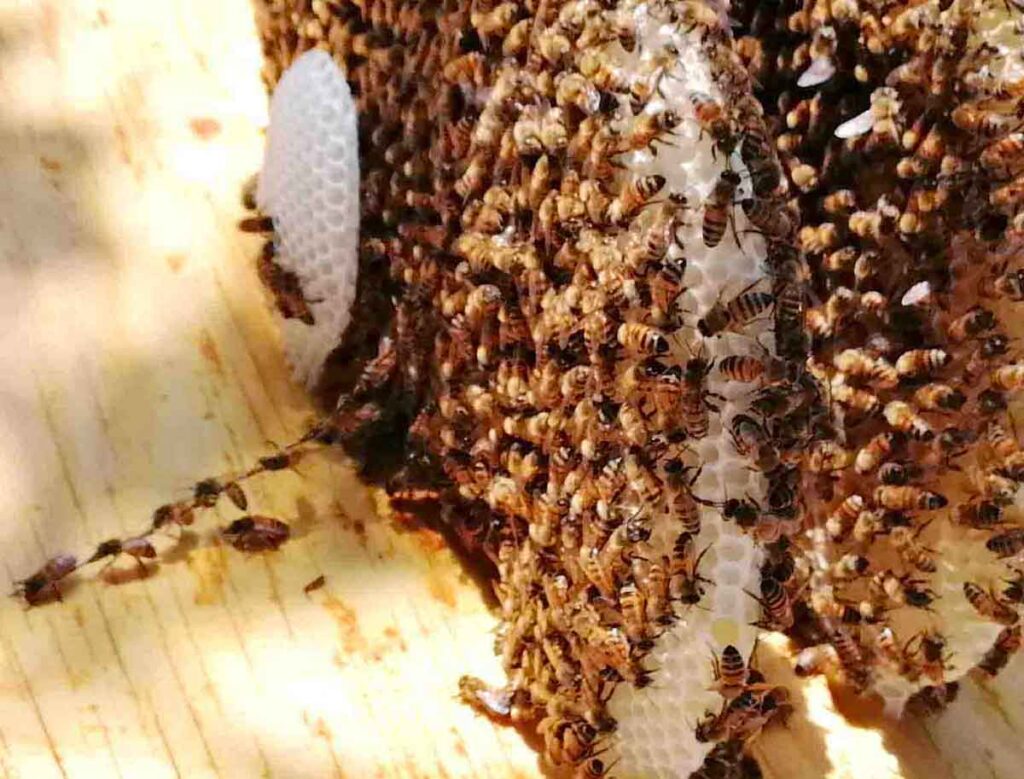
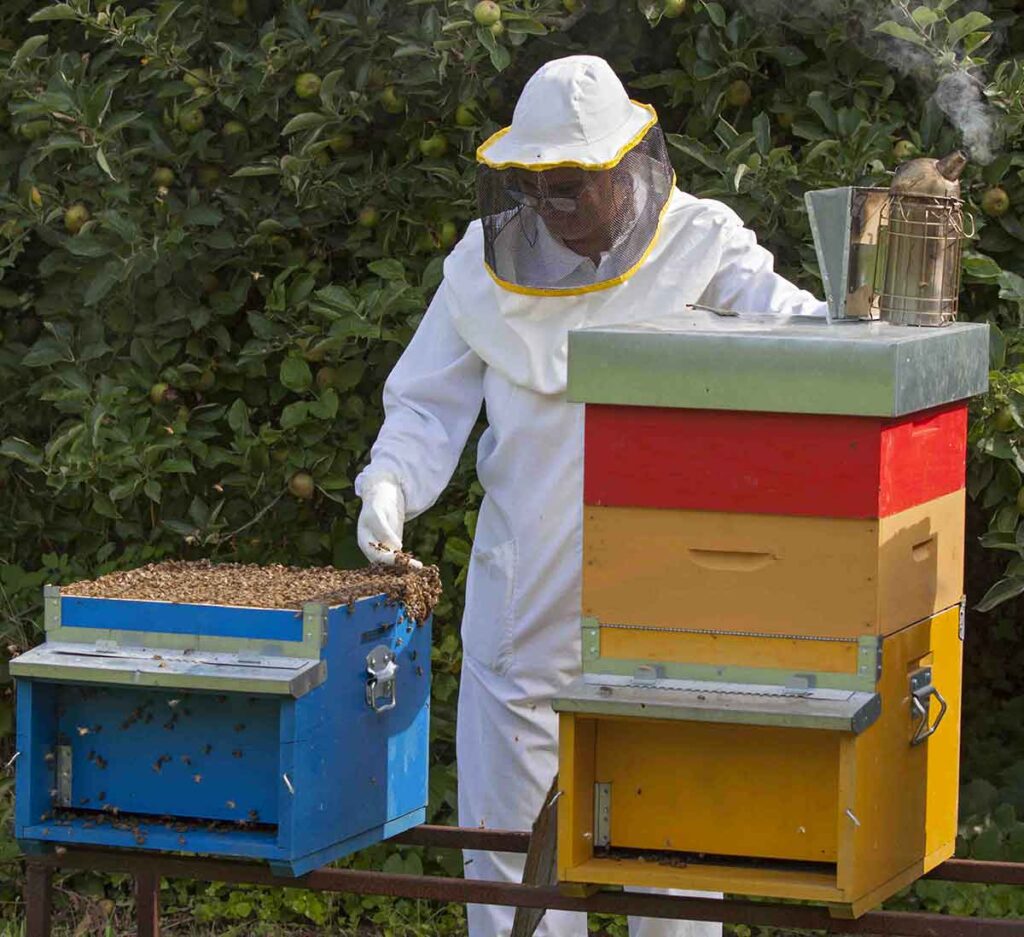
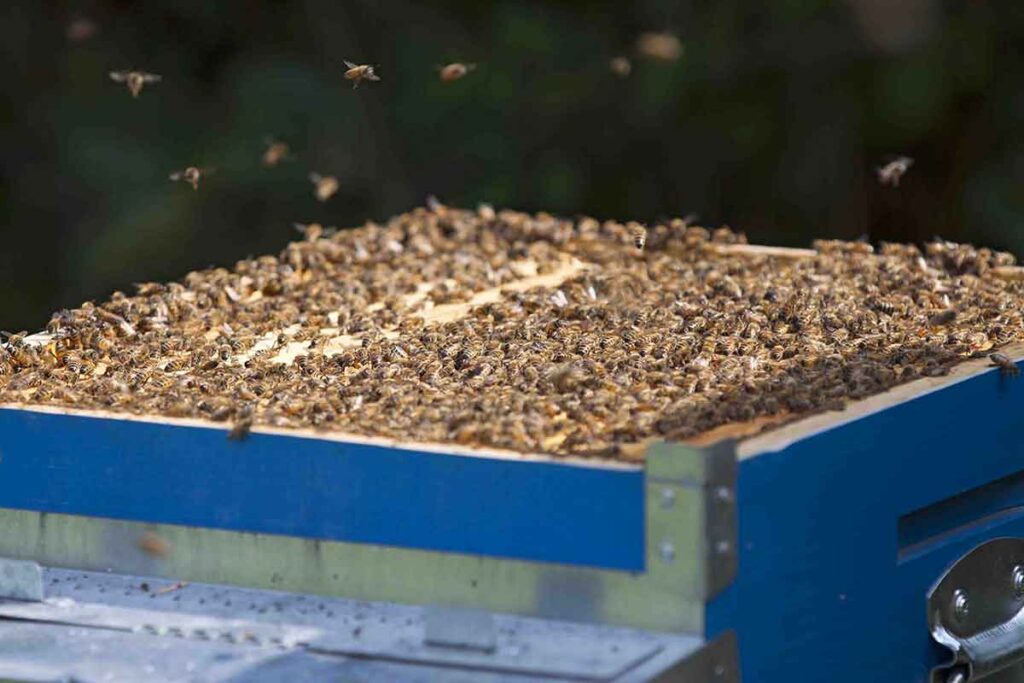
Honey
The harvest of the Miele del Doge honey from Venice Lagoon takes place in total respect of the bees, not interfering with the social dinamics of the hive. We wait for them to leave the super, without the use any harmful techniques towards the bee families.
The extraction of the Miele del Doge honey from Venice Lagoon is cold pressed by centrifugation. This occurs when the honey is ready for storage, eliminating the need to use artificial dehumidifiers. In order to avoid caramelization of the honey, we do not use heating cutting blades to open the beewax, instead we open the honeycomb by hand using a fork.
the Miele del Doge honey from Venice is decanted at least for a month before being put on a jar. This process eliminates filtration. All of these procedures are time-consuming for the beekeeper and have an impact on the remaining honey. Nevertheless, it makes a huge difference in the final product, because it preserve the integrity of the aroma and all the nutritional substances rich in bioactive components, mainly including flavonoids, organic acids, phenolic acids, terpenes, iridoids, fatty acids, phenolic glycosides and phytoalexin.
